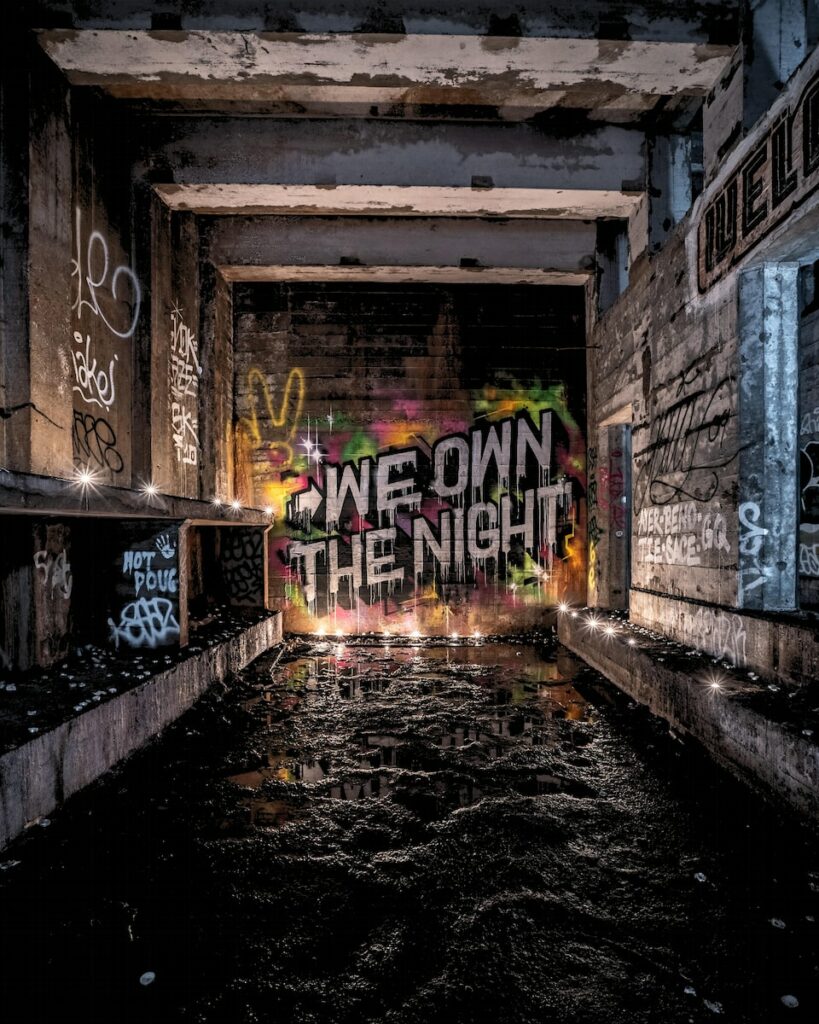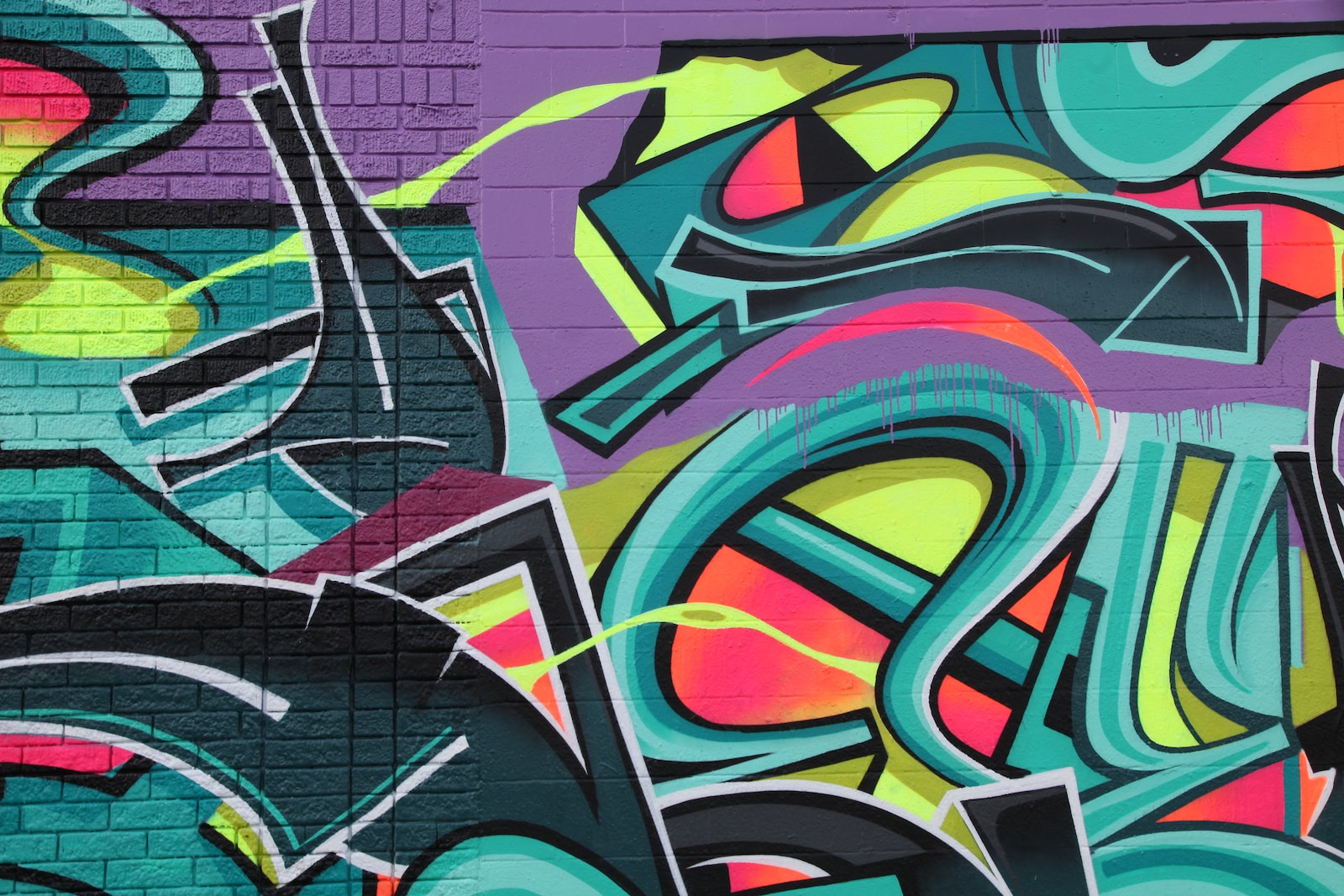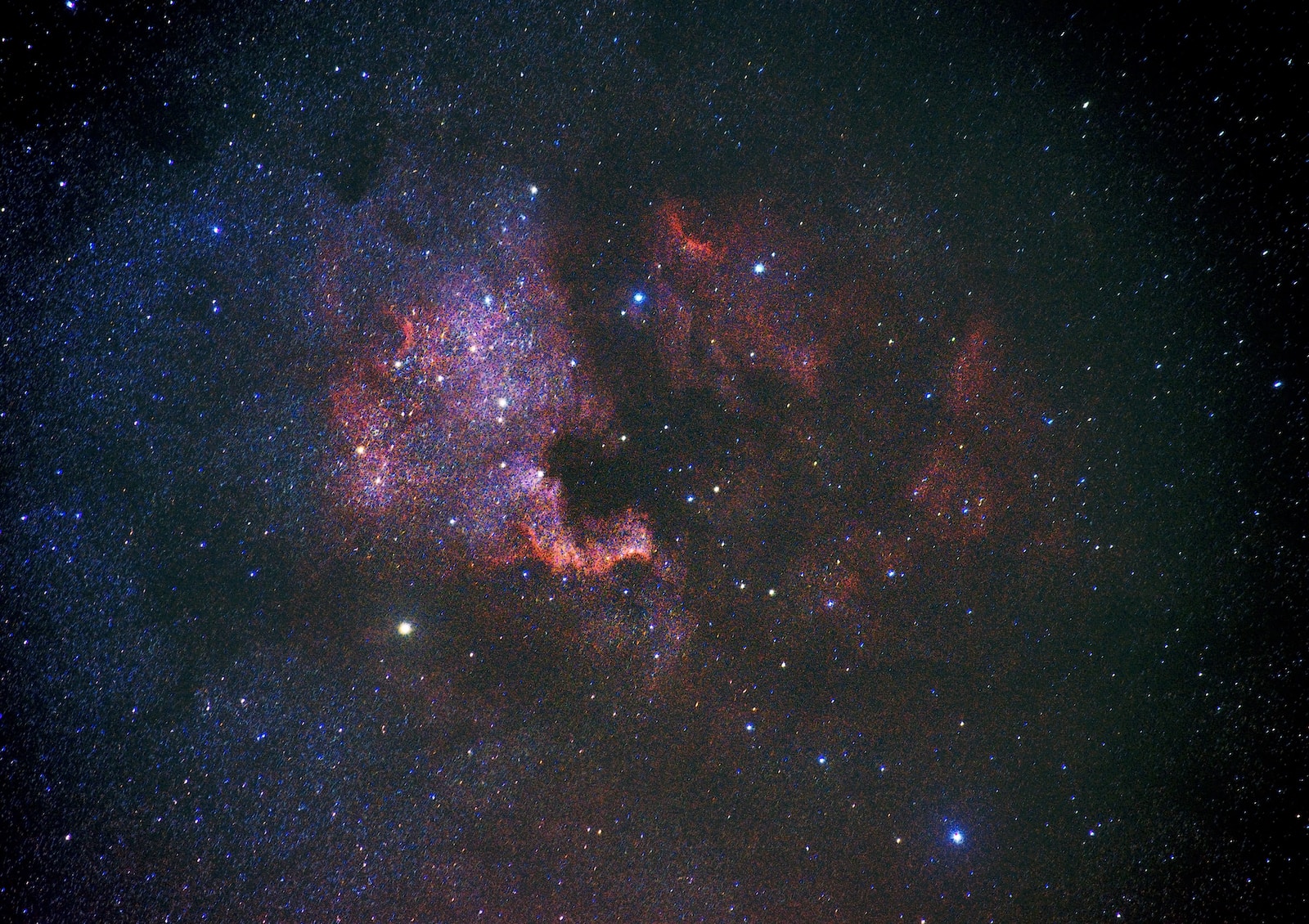Welcome to Urban Art: Photographing Graffiti Walls, where we dive deep into the captivating world of street art and urban photography. Join us on a journey to explore the vibrant, rebellious, and ever-evolving art form that adorns city walls around the globe. In this blog, we will uncover the secrets of capturing inspiring shots, from finding the perfect locations to mastering camera settings. Get ready to be inspired by the explosion of color and creativity that graffiti walls bring to our urban landscapes.
Table of Contents
- Exploring the Vibrant World of Graffiti Walls
- Urban Art: Photographing Graffiti Walls
- Best Time to Photograph Graffiti Walls
- Frequently Asked Questions
- 1. Where can I find the best graffiti walls for urban photography?
- 2. What is the best time of day to photograph graffiti walls?
- 3. How can I make my graffiti wall photographs stand out?
- 4. What camera settings should I use for photographing graffiti walls?
- 5. Can I photograph graffiti walls legally?
- 6. How can I incorporate street art into my urban photography portfolio?
- 7. Are there any famous graffiti artists I should follow?
- Wrap Up
Exploring the Vibrant World of Graffiti Walls
Urban art is a captivating form of expression that can be found in cities around the world. Among the various forms of urban art, graffiti walls stand out for their vibrant colors and rebellious nature. Photographing these walls is a fantastic way to capture the energy and creativity of the streets. In this blog post, we will delve into the exciting world of graffiti walls and explore techniques to capture inspiring shots.
Choosing the Right Location
When it comes to graffiti walls, location is key. Look for areas with a rich street art scene, such as abandoned buildings, alleys, and underpasses. These places often provide a canvas for artists to freely express their creativity. By exploring different neighborhoods, you’ll discover unique graffiti walls that tell stories about the local culture and community.
Additionally, keep an eye out for legal graffiti spots or festivals that bring together artists from all over. These organized events can offer a multitude of impressive murals that are perfect for capturing eye-catching photographs.
Timing is Everything
To truly capture the essence of graffiti walls, timing is crucial. Visit the location during different times of the day to observe how the lighting interacts with the artwork. Early morning or late afternoon light tends to cast soft shadows, creating a more dramatic and three-dimensional effect. Experimenting with different lighting conditions will allow you to discover the best way to showcase the vibrant colors and intricate details of the artwork.
Furthermore, consider the time of year when planning your photography outings. As graffiti walls are exposed to the elements, they may change over time, with new pieces being added or existing ones fading away. By visiting regularly, you can document the ever-evolving nature of these urban artworks.
Now that we’ve covered the importance of location and timing, let’s dive into camera settings and techniques that will help you create captivating photographs of graffiti walls.
Did you know that graffiti has been around for over 30,000 years? The earliest known graffiti was found in a cave in Indonesia, created by our ancient ancestors using natural pigments. This proves that the human craving for self-expression through art has been present throughout history.
Urban Art: Photographing Graffiti Walls
One of the most exciting and vibrant subjects you can explore as a photographer is the world of graffiti walls. Capturing the vivid colors and expressive artwork found in urban areas can result in truly inspiring shots. In this section, we will dive into the equipment needed to capture the essence of graffiti art and how to maximize your photography skills in this unique setting.
The Right Camera and Lenses
To photograph graffiti walls, you need a camera that can capture fine details and vibrant colors. A camera with a high-resolution sensor, such as a DSLR or mirrorless camera, will allow you to capture the intricate details and vibrant colors found in graffiti artwork. Additionally, a camera that performs well in low-light conditions will enable you to photograph graffiti walls even during nighttime.
When it comes to lenses, a versatile wide-angle lens is essential for photographing graffiti walls. It allows you to capture the entire scene, including the surrounding urban environment, while emphasizing the detail and intricacy of the graffiti artwork. A wide-angle lens with a focal length of around 24mm to 35mm is a great starting point. However, don’t limit yourself to just wide-angle lenses. Consider using a telephoto lens to zoom in on specific elements or to capture details from a distance.
Other Essential Equipment
Apart from a camera and lenses, there are a few other pieces of equipment that can greatly enhance your photography experience when photographing graffiti walls.
- Tripod: Using a tripod provides stability and ensures sharp images, especially in low-light situations. It allows you to use slower shutter speeds without worrying about camera shake.
- Remote Shutter Release: A remote shutter release eliminates the need to physically touch the camera, minimizing any potential camera shake. It also comes in handy when you want to include yourself in a self-portrait with the graffiti wall.
- Neutral Density Filter: If you want to capture long-exposure shots of moving objects, such as people walking in front of the graffiti wall, a neutral density (ND) filter will help you achieve the desired effect. It reduces the amount of light entering the camera, allowing for longer exposure times.
- Cleaning Kit: When photographing graffiti walls, you might encounter dust, dirt, or spray paint particles that can end up on your camera or lenses. Having a cleaning kit handy ensures you can keep your gear in optimal condition throughout your photography session.
Remember, the equipment mentioned above is not exhaustive, and it’s essential to adapt based on your own shooting style and preferences. Ultimately, the goal is to have equipment that allows you to capture the vibrant colors, intricate details, and rebellious spirit of the graffiti walls you encounter.
By selecting the right camera, lenses, and additional equipment, you’ll be well-prepared to explore the world of graffiti walls with your camera in hand. The next section will focus on the importance of location and timing when it comes to photographing these urban art gems.

Best Time to Photograph Graffiti Walls
When it comes to capturing vibrant and inspiring shots of graffiti walls, timing is everything. The art of graffiti is often created during the late hours when the city is asleep, giving artists the freedom to express themselves with minimal interruptions. As a photographer, it’s important to understand the rhythms of the urban landscape and know when the best time is to capture these ephemeral pieces of art.
One of the best times to photograph graffiti walls is during the golden hours, which are the hours shortly after sunrise or before sunset. The warm, soft lighting during these times adds a magical quality to the vibrant colors of the street art. The shadows and highlights created by the low angle of the sun can enhance the textures and depth of the graffiti, bringing it to life in your photographs.
Embracing the Night
While the golden hours offer beautiful lighting, it’s important not to overlook the dynamic and rebellious nature of graffiti that comes alive under the cover of darkness. Nighttime photography can add an edgy and mysterious feel to your images. Explore the urban landscape after sundown, when the city streets are lit up with neon lights and the graffiti takes on a whole new persona.
Capturing graffiti walls at night requires a different set of skills and equipment. Tripods are essential to keep your camera steady in low light conditions. Experimenting with longer shutter speeds can also create mesmerizing light trails from passing cars or the movement of people, adding an element of motion to your photographs. Remember to adjust your camera settings accordingly to achieve the desired effect and avoid unwanted noise in your images.
Finding the Perfect Vantage Point
To truly capture the essence of graffiti walls, it’s important to find the perfect vantage point. Take your time to explore different angles and perspectives that can highlight the details and unique features of the artwork. Experiment with high and low angles, close-ups, and wide shots to give your viewers a sense of the scale and context of the graffiti.
Consider exploring the surrounding area of the graffiti wall to find interesting elements to incorporate into your composition. Perhaps there’s a vibrant street sign, a vintage car, or even the bustling cityscape that can serve as a backdrop for the graffiti. By incorporating these elements, you can create visually compelling images that tell a story and provide a sense of place.
For an added twist, try capturing the reflection of the graffiti walls on nearby surfaces, such as windows or puddles after rain. This can create unique and abstract images that add depth and complexity to your photographs.
Remember, each graffiti wall is different, and it’s up to you as a photographer to bring out the beauty and uniqueness of each piece of street art. By understanding the best timing, embracing the night, and finding the perfect vantage point, you’ll be well on your way to capturing breathtaking images of the vibrant and rebellious world of graffiti walls.
One helpful tip for photographing graffiti walls is to experiment with different angles. By changing your perspective, you can capture unique and dynamic images that showcase the art in a new light. Get down low or climb up high to find interesting viewpoints that add depth and dimension to your photographs.
Frequently Asked Questions
1. Where can I find the best graffiti walls for urban photography?
There are numerous cities around the world known for their vibrant graffiti scene. Some popular locations include New York City, Berlin, London, and Melbourne. Explore different neighborhoods in these cities to discover hidden gems.
2. What is the best time of day to photograph graffiti walls?
The ideal time to capture graffiti walls is during the golden hour, which occurs during sunrise or sunset. The soft, warm light enhances the colors and textures of the artwork, resulting in stunning photographs.
3. How can I make my graffiti wall photographs stand out?
To make your photographs truly unique, try experimenting with different angles and perspectives. Get up close to capture intricate details or step back to showcase the entire mural. Look for interesting compositions and use leading lines to create a dynamic effect.
4. What camera settings should I use for photographing graffiti walls?
For sharp and vibrant images, set your camera to the highest resolution and shoot in RAW format. Use a wide aperture (small f-stop number) to create a shallow depth of field and make the artwork pop. Adjust your shutter speed accordingly to achieve proper exposure.
5. Can I photograph graffiti walls legally?
Photographing graffiti walls is a complex subject, as the legality varies from place to place. Some cities have designated areas where street art is welcomed and encouraged, while others consider it vandalism. It’s important to respect local laws and seek permission when necessary.
6. How can I incorporate street art into my urban photography portfolio?
Including graffiti walls in your urban photography portfolio can add a vibrant and rebellious touch. Capture the essence of the artwork by focusing on the emotions it evokes and the messages it conveys. Show your unique perspective as a photographer and let the street art inspire your creativity.
7. Are there any famous graffiti artists I should follow?
Absolutely! Some renowned graffiti artists to follow include Banksy, Shepard Fairey, Invader, and Os Gemeos. Their works have made significant contributions to the street art movement and can serve as inspiration for your own photography.
Wrap Up
Urban art is a captivating realm of self-expression that brings color and vibrancy to our city streets. Through the lens of a camera, we can capture the raw energy and rebellious spirit of graffiti walls and street art. By exploring the right locations, timing, and camera settings, we can give life to inspiring photographs that tell stories and provoke emotions.
Whether you are an urban photography enthusiast or simply someone who appreciates the beauty of street art, we hope this blog has sparked your creativity and inspired you to capture your own unique images. Share your thoughts and experiences in the comments below. How have graffiti walls and urban photography influenced your perspective on art and the world around you? Join the conversation, and let’s celebrate the power of urban art together.

